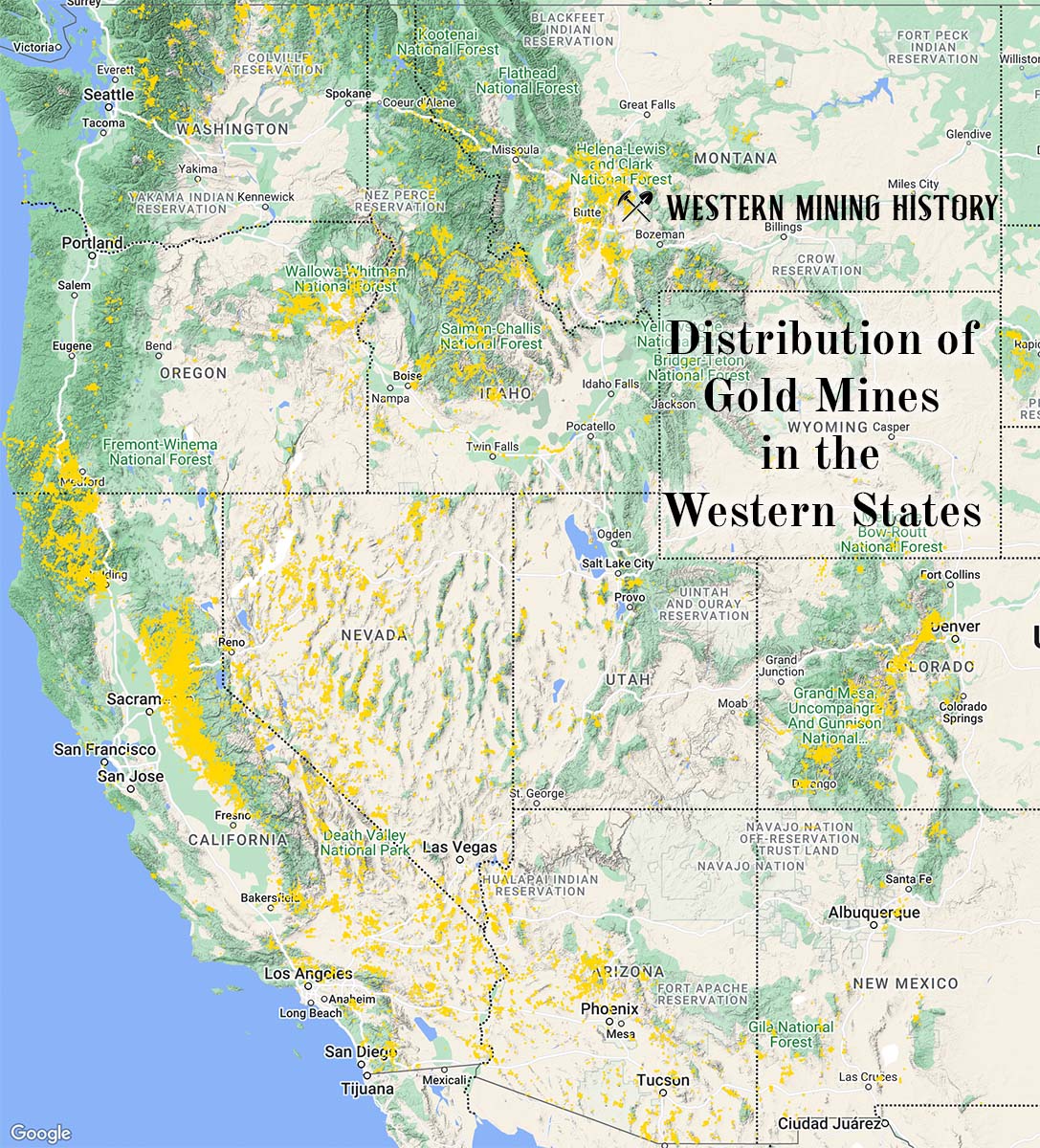The Concord group is a gold, zinc, copper, and silver mine located in Alaska.
About the MRDS Data:
All mine locations were obtained from the USGS Mineral Resources Data System. The locations and other information in this database have not been verified for accuracy. It should be assumed that all mines are on private property.
Mine Info
Elevation:
Commodity: Gold, Zinc, Copper, Silver
Lat, Long: 55.17389, -131.74194
Map: View on Google Maps
Concord group MRDS details
Site Name
Primary: Concord group
Secondary: Apex group
Secondary: Concord no. 2, 3, 4
Secondary: Blue Jay
Secondary: Old Man
Secondary: Sunrise
Commodity
Primary: Gold
Primary: Zinc
Primary: Copper
Primary: Silver
Secondary: Barium-Barite
Location
State: Alaska
District: Ketchikan
Land Status
Not available
Holdings
Not available
Workings
Not available
Ownership
Not available
Production
Not available
Deposit
Record Type: Site
Operation Category: Prospect
Operation Type: Unknown
Years of Production:
Organization:
Significant:
Physiography
Not available
Mineral Deposit Model
Model Name: Polymetallic veins
Orebody
Not available
Structure
Not available
Alterations
Alteration Type: L
Alteration Text: Probably local silicification, carbonatization, pyritization, and introduction of hydrothermal hematite.
Rocks
Not available
Analytical Data
Not available
Materials
Ore: Barite
Ore: Chalcopyrite
Ore: Pyrite
Ore: Sphalerite
Gangue: Calcite
Gangue: Quartz
Comments
Comment (Reference): Primary Reference = Brooks, 1902; Maas and others, 1995
Comment (Workings): Workings / Exploration = Early assays of a conspicuous mass of chalcopyrite ore were said to carry values of $72 per ton, chiefly in Cu, and a little Ag and Au (Brooks, 1902). ? Maas and others' (1995, p. 229) best samples of the Concord deposit were: 1.4% Cu in a 6-foot sample; 0.44% Cu in a 16-foot sample; and 0.24% Cu in a 38-foot sample. Workings that could be identified at the time of their investigation included 2 adits, one 11.5 feet long and one caved; a 20-foot flooded shaft; and several trenches.
Comment (Deposit): Model Name = Polymetallic veins (Cox and Singer, 1986; model 22c)
Comment (Deposit): Other Comments = Early reports describing the Concord group refer to it as the Apex group; the Concord no. 2, 3, and 4 (group); and the Blue Jay, Old Man, and Sunrise claims (Cobb and Elliott, 1980, p. 144-146).
Comment (Geology): Geologic Description = Southern Gravina Island is underlain by an assemblage of undivided Silurian or Ordovician metamorphosed bedded and intrusive rocks; a stock and associated dikes of Silurian trondhjemite that cuts the metamorphic assemblage; and a sequence of Upper Triassic carbonate, clastic, rhyolitic, and basaltic strata that unconformably overlies the older rocks (Berg, 1973, 1982; Berg and others, 1988). The rocks are complexly folded and are cut by high-angle faults and by low-angle thrust faults. In many places, the Triassic rhyolite and the rocks beneath it are permeated by microscopic particles of hydrothermal hematite, giving them a pink, purple, or red hue (Berg, 1973, p. 14).? Brooks (1902, p. 72-73) describes the deposits on the Concord group of claims as sulfide-bearing quartz-barite-carbonate veins at ?greenschist-pegmatite contacts. The veins contain chalcopyrite, sphalerite, probably pyrite, and low Ag and Au values. The Sunrise vein is 12-18 inches thick, strikes N75W and dips 80 SW, and was traced in outcrop for several hundred feet. The vein contained a conspicuous mass of chalcopyrite ore, which was said to carry values of $72 per ton, chiefly in Cu, and a little Ag and Au. ? Maas and others' (1995, p. 229) best samples of the Concord deposit were: 1.4% Cu in a 6-foot sample; 0.44% Cu in a 16-foot sample; and 0.24% Cu in a 38-foot sample. Workings that could be identified at the time of their investigation included 2 adits, one 11.5 feet long and one caved; a 20-foot flooded shaft; and several trenches.? Maas and others (1995, p. 227) description of the mineral deposits in the area north of Dall Bay probably applies in general to the Concord group of deposits. They report that chalcopyrite is associated with sheared, silicified zones, chiefly in trondhjemite. Small barite veins are also found in the area. About 0.6 mile north of Dall Bay, chalcopyrite occurs as clasts or pods in a siderite-hematite matrix in altered trondhjemite. One deposit that Maas and others assign to the Concord group is on a NE-striking, high-angle fault that forms the contact between the trondhjemite and the Silurian-Ordovician metamorphic rocks (Maas and others, 1995, loc. 312-1 on fig. 58). The characteristics and setting of the deposits suggest that they mainly are polymetallic veins of Late Triassic or younger age.
Comment (Geology): Age = Late Triassic or younger.
References
Reference (Deposit): Berg, H.C., 1973, Geology of Gravina Island Alaska: U.S. Geological Survey Bulletin 1373, 41 p.
Reference (Deposit): Brooks, A.H., 1902, Preliminary report on the Ketchikan mining district, Alaska, with an introductory sketch of the geology of southeastern Alaska: U.S. Geological Survey Professional Paper 1, 120 p.
Reference (Deposit): Elliott, R.L., Berg, H.C., and Karl, Susan, 1978, map and table describing metalliferous and selected nonmetalliferous mineral deposits, Ketchikan and Prince Rupert quadrangles, Alaska: U.S. Geological Survey Open-file Report, 78-73-B,17 p., scale 1:250,000.
Reference (Deposit): Cobb, E.H., and Elliott, R.L., 1980, Summaries of data on and lists of references to metallic and selected nonmetallic mineral deposits in the Ketchikan and Prince Rupert quadrangles, Alaska: U.S. Geological Survey Open-File Report 80-1053, 154 p.
Reference (Deposit): Berg, H.C., 1982, The Alaska Mineral Resource Assessment Program; guide to information about the geology and mineral resources of the Ketchikan and Prince Rupert quadrangles, southeastern Alaska: U.S. Geological Survey Circular 855, 24 p.
Reference (Deposit): Maas, K.M., Bittenbender, P E., and Still, J.C., 1995, Mineral investigations in the Ketchikan mining district, southeastern Alaska: U.S. Bureau of Mines Open-File Report 11-95, 606 p.
Reference (Deposit): Berg, H.C., Elliott, R.L., and Koch, R.D., 1988, Geologic map of the Ketchikan and Prince Rupert quadrangles, southeastern Alaska: U.S. Geological Survey Mineral Investigations Series Map MF-1807,27 p., scale 1:250,000.
The Top Ten Gold Producing States

These ten states contributed the most to the gold production that built the West from 1848 through the 1930s. The Top Ten Gold Producing States.